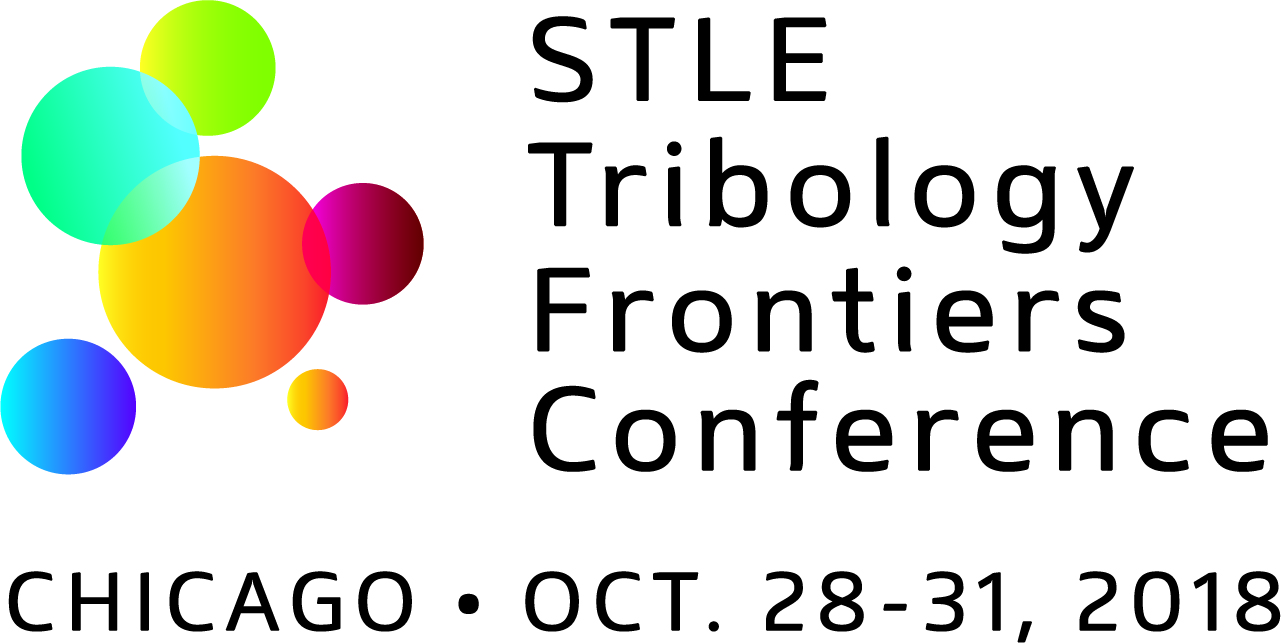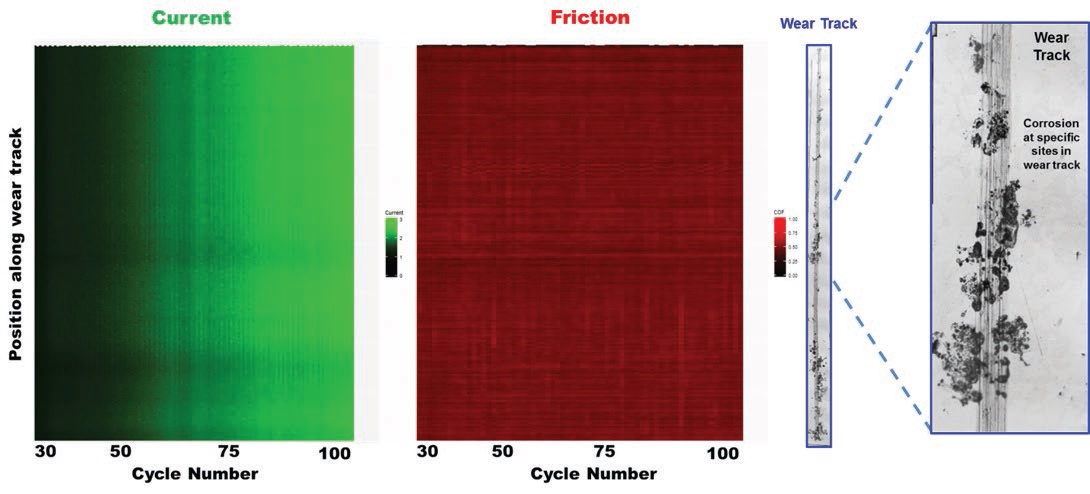Correlating local microstructure to local tribocorrosion behavior
J. Michael Shockley*, Derek J. Horton (1), Kathryn J. Wahl (2) | TLT 2016 TFC Abstract Highlights June 2018
1. Center for Corrosion Science and Technology (Code 6134)
Naval Research Laboratory, Washington, DC 20375 USA
2. Tribology and Molecular Interfaces Section (Code 6176)
Naval Research Laboratory, Washington, DC 20375 USA
* NRC Postdoc sited in Chemistry Division, Naval Research Laboratory, Washington, DC 20375 USA
For the benefit of our readers involved in tribology research, TLT is publishing abstracts of the best papers presented at the 2016 Tribology Frontiers Conference. Registration for the 2018 TFC opens this month. You can find 2018 updates and program information at www.stle.org.

Co-sponsored by ASME Tribology Division.
Tribocorrosion, the synergistic interaction of mechanical wear and corrosion, can lead to extremely elevated surface degradation compared to either process alone. Most tribocorrosion literature has focused on the study of macro-scale tribocorrosion behavior where bulk material loss rates are measured and considered. However, some tribocorrosion behavior is localized, where complex microstructures may have particular phases more susceptible to tribocorrosion than others. One example is the secondary phases in 2507 super duplex stainless steel induced by heat treatment in the 600-900 C temperature range where chromium-depleted secondary austenite forms in fine lamellar structures next to the chromium-rich intermetallic sigma phase. By correlating local peaks and valleys in the corrosion current to the friction coefficient and local surface topography features, regions of higher and lower electrochemical activity were identified. This type of analysis promises to reveal precise details of wear-induced corrosion behavior.
